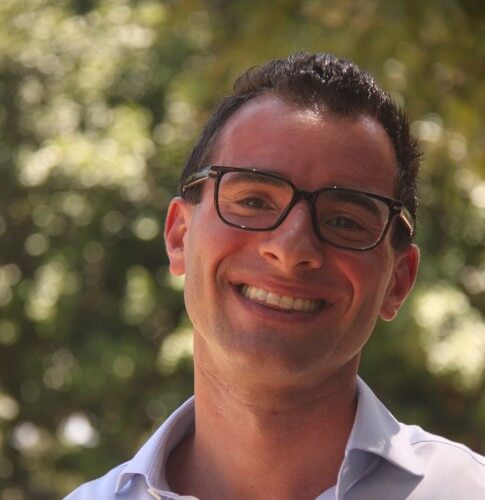A new imaging platform developed at the Technion may shed light on the behavior of respirable particles deep in the lungs (nadiocyte tissue)

A new imaging platform developed at the Technion may shed light on the behavior of respirable particles deep in the lungs (nadiocyte tissue). This is reported by the journal Scientific Reports from the Nature group in a recently published article. The innovative platform, which was registered as a patent this year, is relevant both to the assessment of health risks (infection, etc.) and to the evaluation and planning of drugs for the respiratory system.
Respirable particles (aerosols) are tiny particles originating from nature or from industrial and transport activity, and they penetrate the lungs in the air inhaled through the mouth and nose. With every breath we inhale such particles, which despite their tiny size - a few microns, i.e. a hundredth of a grain of sand - pose a real health hazard. Increased and continuous exposure to these particles may disrupt the activity of the body's organs, including nerve cells in the brain, and in some cases even cause death. That is why many resources are invested in studying the behavior of these particles within the respiratory system, from where they continue into the bloodstream.
However, tracking the trajectory of particle movement in the respiratory system, and especially the dynamics of their deposition in the nadi tissue, is a complicated research challenge. This is because these are tiny particles that move under the influence of the air current, gravity and other forces that affect them in this area. The complex structure of the tissue of the nadis, which contains hundreds of millions of tiny nadis linked together in a tangled texture of thin channels, also makes it difficult to map the movement of the particles. Because of this, and because it is not possible to study the movement of these particles inside the living body (in vivo) but only in an animal model or computer simulations, this area of the lungs remains a "black box".
The "acinus-on-chip" platform developed by Technion researchers is actually the first diagnostic tool that enables quantitative monitoring of the dynamics of these particles. Prof. Joshua Sznitman, a faculty member in the Faculty of Biomedical Engineering at the Technion, explains that this is a "life-size lung model, which allows for the first time to observe in real time the trajectories of the particles and their sedimentation patterns within the nadia." Dr. Rami Fischler, who designed and built the system, adds that the innovative model "was assembled using technologies similar to those used to manufacture computer chips, and it consists of a branched network of tiny air channels that are about a tenth of a millimeter wide, with craters simulating the lung's nadia." The walls of the system move in expansion and contraction movements similar to the actual respiratory system, so the new model is expected to help in understanding the behavior of 'bad' respiratory particles (pollution) as well as 'good' particles that are given as medicine for various diseases in the respiratory systembreathing. In addition, the model may reduce the need for animal experiments in the study of the respiratory system.
Prof. Schnittman was born in France and grew up in the USA and Switzerland. In the summer of 2010, with a doctorate from ETH Zurich, he immigrated to Israel and joined the Technion faculty. Prof. Schnittman recently won the "Young Researcher Award", given by the International Association for Aerosols in Medicine (ISAM) to researchers under the age of 40.
